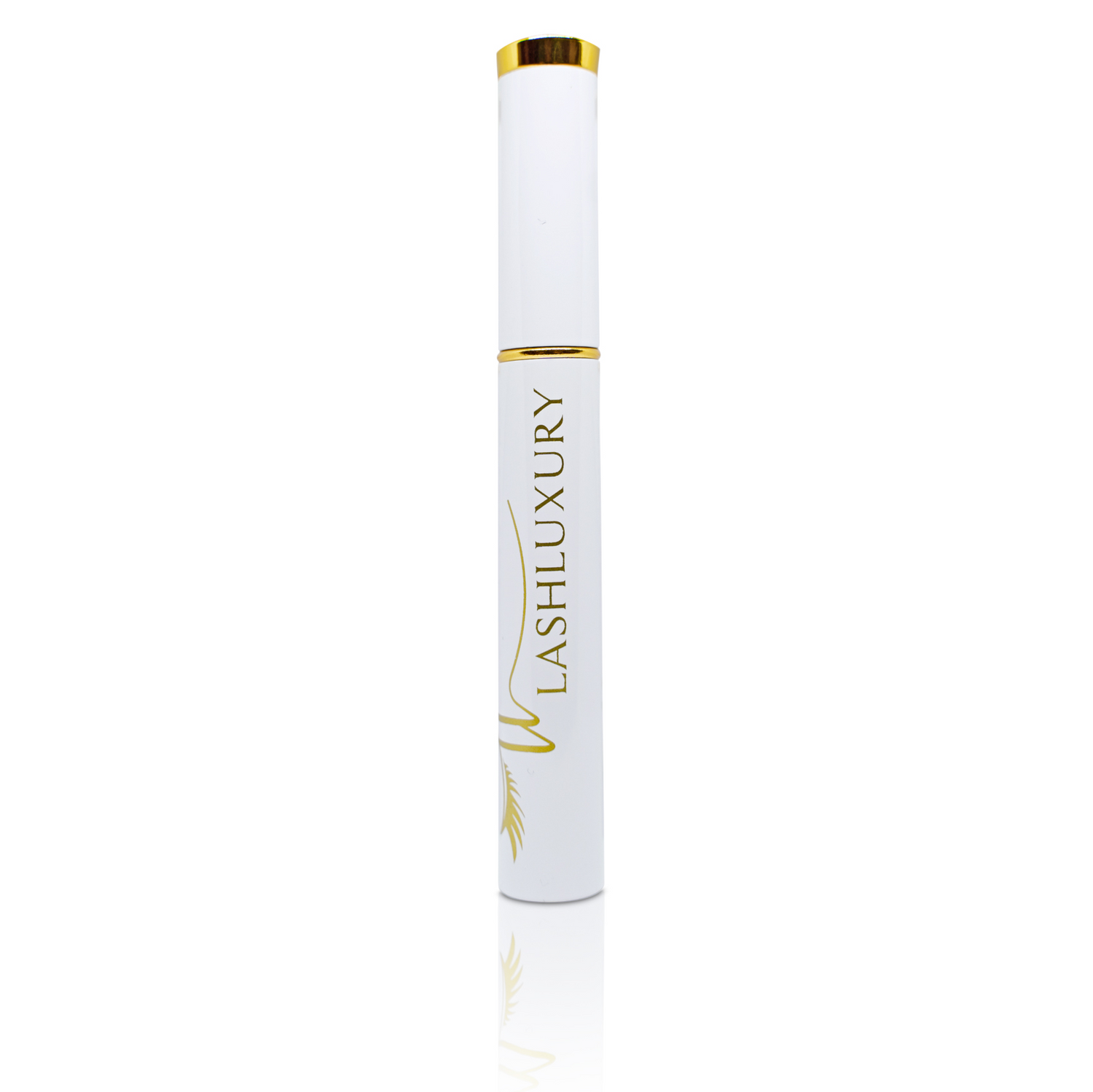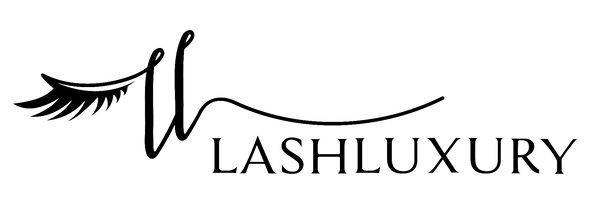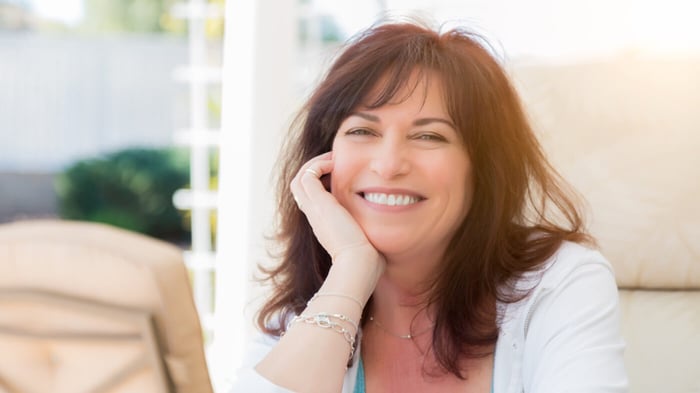Aging... it's a natural part of life that we all experience, and it brings with it wisdom, maturity, and a sense of accomplishment. But it also comes with some physical changes that can be surprising. Whether it's the appearance of new wrinkles and fine lines, changes in skin texture, or changes in hair growth, these signs of aging can sometimes make us pause and reflect on our journey.
But did you know that hair growth can slow with age? Changes in hair growth are common in many women as they age, particularly in their 30s and beyond. This process, while entirely natural, can be perplexing or disheartening if we don't know the reasons behind it.
Table of Contents
Why Does Hair Growth Slow With Age?
All hair types, whether it's the hair on your head, your body, or your eyelashes and eyebrows, go through a growth cycle. The hair growth cycle consists of three phases: the anagen (growth) phase, the catagen (transitional) phase, and the telogen (resting) phase. As we age, the anagen phase shortens, resulting in hair that grows slower and thinner.
Anagen Phase (Growth Phase)
The anagen phase is the active growth stage of hair. During this phase, cells in the root of the hair are rapidly dividing, and hair is growing at its most vigorous rate. The shortening of this phase results in hair that grows more slowly and might not reach the lengths it once did. Hair density may also be affected as each strand becomes thinner.
Catagen Phase (Transitional Phase)
Following the anagen phase, hair enters the catagen phase, which is a transitional stage. During this time, the hair follicle shrinks, and the hair stops growing but doesn't fall out. The shrinking follicle disconnects from the nutrient supply, essentially cutting off the "life support" of the hair. As we age, this phase doesn't significantly change, but its role in setting up the next stage is crucial.
Telogen Phase (Resting Phase)
The telogen phase is the resting stage of the hair growth cycle. It's during this phase that old hair sheds, and new hair begins to form. With age, more hair may enter this phase simultaneously, leading to noticeable shedding or hair thinning.
The Connection Between Age and Hair Loss
The relationship between age and hair loss isn't a coincidence. As women age, estrogen and other hormone levels begin to decline. Estrogen helps hair stay in the growth phase longer, so when there's less of it, hair may grow more slowly and shed more easily.
Of course, it's not all about hormones. Hereditary traits, environmental factors, lifestyle choices, and even your hair styling routine can influence hair loss. Understanding these factors can help you take charge of your hair's health.
Common Types of Hair Changes
Here are some of the common types of hair changes that women might experience over time:
-
Slower Hair Growth Rate: The growth phase of the hair cycle may shorten, leading to hair that grows more slowly. It's a subtle shift but one that's entirely normal.
-
Age-Related Hair Loss/Thinner Hair: Hormonal changes can result in hair that's less dense or sheds more easily. It's not something every woman will experience, but if you're seeing more hair stuck in your hairbrush these days, know that it's not entirely uncommon.
-
Gray Hair: Graying is perhaps the most recognizable sign of aging hair. As the production of melanin decreases, hair may lose its color, leading to a gradual transition to gray or white.
-
Changes in Hair Texture: Whether it's becoming more coarse, dry, or even changing in curl pattern, the texture of hair can evolve with age. These changes are influenced by both genetic and environmental factors.
It's important to note that certain medical conditions can cause hair loss. If you experience rapid or sudden hair loss, contact your doctor.
Changes in Eyelash and Eyebrow Hair Growth With Age
It's not just the hair on your head that changes with age. What about those once-flourishing eyelashes and eyebrows? They're not immune to the effects of aging. It might feel like a small detail, but eyelashes and eyebrows frame the face, so changes here can be especially noticeable.
Here are some changes you may notice in your lash and brow hair:
-
Thinning: Both eyelashes and eyebrows may become thinner over time. These changes in hair density could be a result of a shorter growth phase or a more prolonged shedding phase.
-
Slower Growth: You may find that your lashes and brows grow more slowly. This slower pace is part of the natural aging process and is connected to hormonal changes.
-
Graying: Just as with scalp hair, lashes and eyebrows can lose pigment and turn gray or white. This change happens gradually, with a white hair popping up here and there, and varies from person to person.
-
Brittleness: Eyelashes hair strands may become more brittle and less flexible, leading to a higher chance of breakage. Proper care, gentle grooming, and growth serums can all help manage this change.
-
Change in Texture: Some individuals notice a change in the texture of the hair shaft of the eyebrows, possibly becoming more wiry or coarse. This shift can affect how the brows are shaped and styled.
Other Factors That Affect Healthy Hair Growth
Age isn't the sole factor when it comes to hair growth. Other factors include stress, poor diet, hormonal imbalances, and underlying health conditions.
-
Stress: Stress can disrupt the natural balance of hormones and lead to hair loss or thinning.
-
Diet: A diet lacking in essential vitamins and nutrients can affect your rate of hair growth. As people age, maintaining a healthy diet becomes more and more important for many reasons.
-
Hormonal Imbalances and Endocrine Disorders: Medical conditions that affect hormones—like polycystic ovary syndrome (PCOS)—can affect hair growth.
-
Other Health Conditions: Autoimmune disorders, chronic illnesses, or medications might also be a contributing factor.
-
Genetic Predispositions: Some people are genitally predisposed to thinning hair or female pattern hair loss.
-
Hair Care Routine: As our hair changes, we may find ourselves changing our hair care routine, using more hair care products, teasing at the crown, or washing and using the blow dryer more often. These can all affect hair health.
Knowing what might be affecting your hair growth allows you to take specific actions to counter these influences.
How to Encourage Healthy Hair Growth
There's a silver lining to this tale. There are actionable steps you can take to encourage optimal hair growth, even as time marches on. Here are some tips for keeping the hair on your head—as well as your eyelashes and eyebrows—healthy and full as you age.
-
Eat a balanced diet rich in nutrients.
-
Be gentle with your hair and avoid over-styling or using too many hair products.
-
Use a heat protectant if your hair care regimen includes daily heat styling.
-
Cut back on hair coloring and hair extensions.
-
Use a clean beauty growth serum on your eyelashes and eyebrows daily to encourage healthy growth.
Here at Lash Luxury, we're committed to helping women embrace the full, fabulous potential of their hair, lashes, and brows. Our eyelash and eyebrow growth serums offer a luxury solution for modern women who want to nourish and enhance their natural beauty.
Ready to see improved lash length and eyebrow hair growth in as little as 6 weeks? Trust in the magic of Lash Luxury's eyelash and eyebrow growth serums. Age doesn't have to define your beauty; let's embrace the grace and allure of every stage of life.


